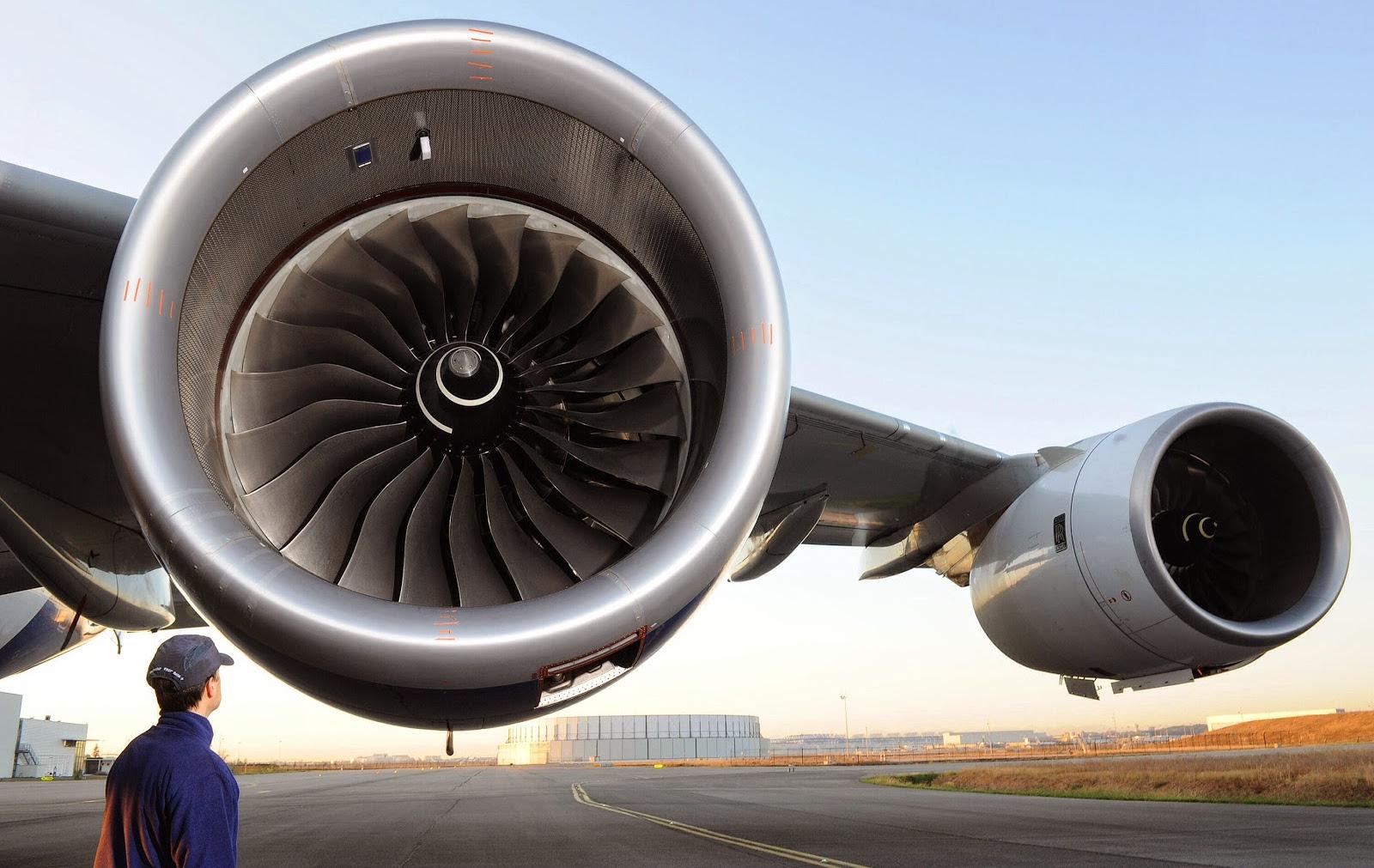
Following a 43% drop in engine services revenue from 2019 to 2020, Rolls-Royce expects shop visit numbers to drop again this year.
The engine OEM expects 240 large-engine shop visits in 2021 versus 278 last year, followed by a sharp rise to about 400 in 2022.
However, that figure depends on engine flying hours reaching 80% of 2019 levels next year – itself a more pessimistic outlook than Rolls-Royce’s previous prediction of 90%.
This year Rolls-Royce expects engine flying hours under its long-term services agreements to be at 55% of 2019 levels, while they were at 43% in 2020, contributing to a 50% drop in large-engine services revenue that year.
Steep declines in aftermarket and original equipment sales from Rolls-Royce’s civil aerospace business drove the British company to a £2 billion ($2.7 billion) operating loss for 2020, from an £808 million profit the previous year.
However, results from the company’s civil aerospace division were actually worse than the above numbers suggest, mitigated as they were by stable performance from the company’s power systems and defence divisions. In fact, civil aerospace suffered a £4.6 billion trading cash outflow, driven by the near-cessation of widebody deliveries and Rolls’ inability to wind down engine production as quickly.
To position itself for recovery, Rolls is shifting its focus to the aftermarket as it expects widebody aircraft deliveries – and hence its own original equipment sales – to remain subdued through 2022.
“The focus now is on extracting aftermarket value from that installed base with more than 5,000 large engines and 7,000 business jet engines, and we can do that by improving time on wing,” commented Rolls-Royce chief executive Warren East.





